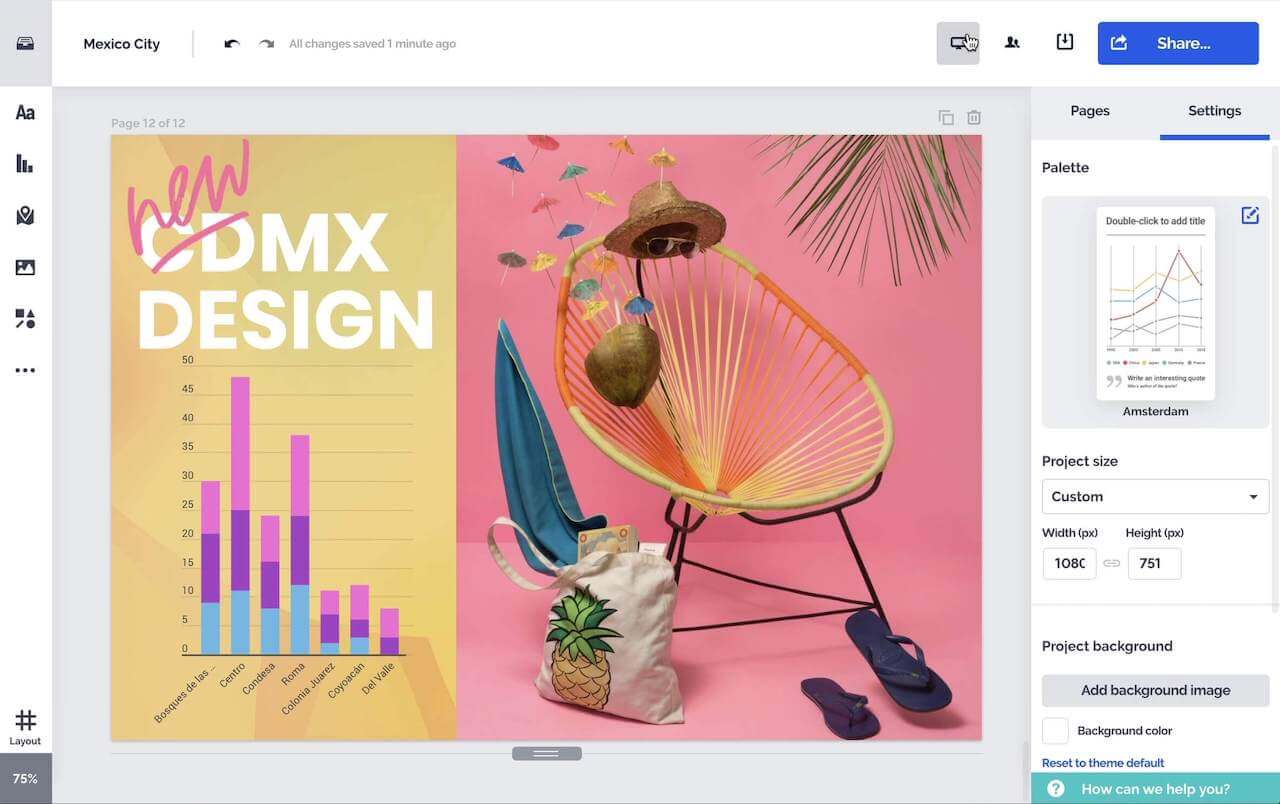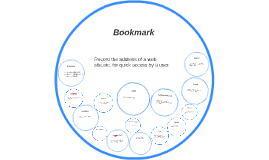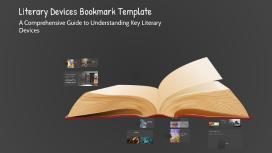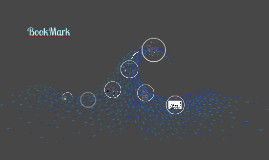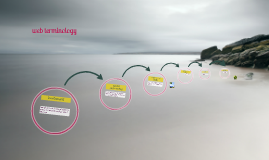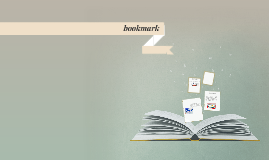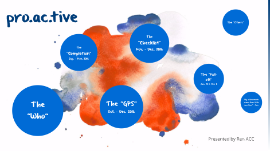Literary Devices Bookmark Template
Transcript: Literary Devices Bookmark Template A Comprehensive Guide to Understanding Key Literary Devices Definition of Allusion Understanding Allusion Allusion is a literary device that makes a brief reference to a well-known person, place, event, or literary work, allowing readers to make connections to those familiar elements. It enriches the text by invoking shared knowledge among the audience. Enhances Rhythm and Engagement Alliteration Alliteration enhances the rhythm and musicality of language, making phrases more memorable and engaging. It is often used in poetry, tongue twisters, and brand names to create a catchy effect. Introducing the Bookmark Template for Literary Devices This presentation features an 8x4 bookmark template that highlights ten fundamental literary devices: alliteration, allusion, foreshadowing, hyperbole, imagery, metaphor, onomatopoeia, personification, simile, and symbolism. Each device is accompanied by a clear definition and a brief example to enhance understanding and application in literary analysis. Creative Expression Clear Communication Metaphors create imaginative comparisons that enhance meaning and evoke emotion, conveying deeper insights about a subject. Literal language presents facts and straightforward descriptions without embellishment, focusing on clear and precise communication. Understanding Personification Definition of Foreshadowing Understanding Foreshadowing Foreshadowing provides hints or clues about what will happen later in the narrative, creating tension and anticipation for the reader. It enriches the storytelling by preparing the audience for future events. Personification attributes human characteristics to non-human entities, enhancing emotional connection and imagery. This device brings scenes to life, allowing readers to relate to elements of nature or inanimate objects. An example of personification is 'The wind whispered through the trees,' which gives the wind an action that humans can relate to. Example of Onomatopoeia Definition of Onomatopoeia This literary device brings words to life by allowing readers to hear the sounds that correspond to the actions or objects, making the text more vibrant and engaging. Onomatopoeia refers to words that mimic the sounds associated with the objects or actions they describe, enhancing the auditory experience in literature. Simile and Symbolism Hyperbole Hyperbole is a rhetorical device that employs deliberate exaggeration for emphasis or effect. It is used to create strong impressions, convey strong emotions, or emphasize a point, and is often used in everyday speech, literature, and advertising. Understanding key literary devices through definitions and examples. Definition of Imagery Understanding Imagery Imagery is a literary device that employs descriptive language to evoke sensory experiences, allowing readers to visualize scenes and emotions vividly. It can involve any of the five senses: sight, sound, smell, taste, and touch. Simile A simile is a figure of speech that makes a comparison between two different things using 'like' or 'as.' An example of a simile is 'Her smile was like sunshine.' Symbolism Symbolism is the use of symbols to represent ideas or qualities. An example of symbolism is a dove representing peace.





